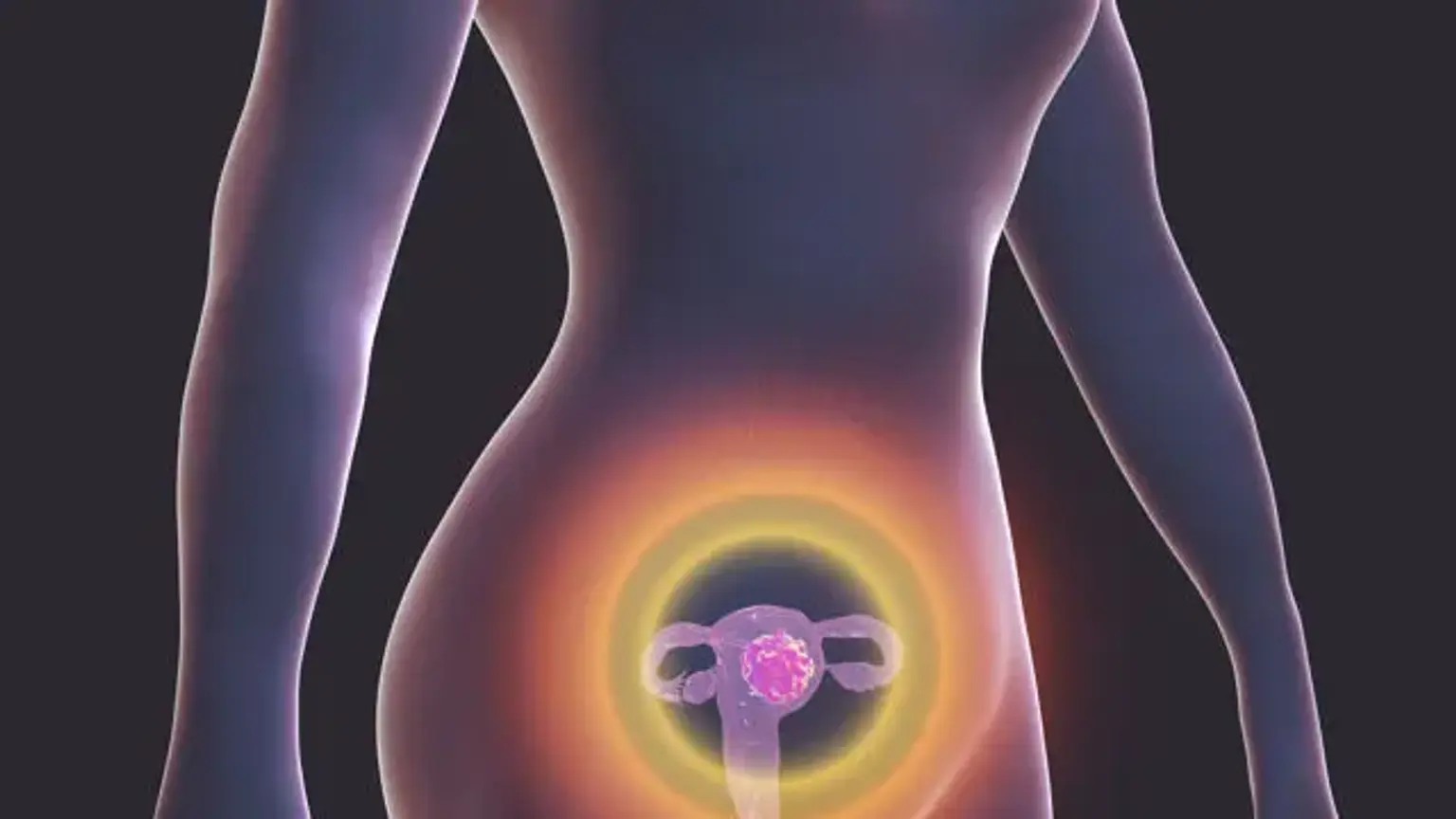Uncontrolled and unregulated growth of cells in the uterus is referred to as uterine cancer. It could be either malignant or benign. Here is a detailed analysis of uterine cancer.
Uterus: Uterus is a secondary reproductive organ of the female body (ovaries being the primary sex organs), located in the pelvis. Commonly referred to as the womb, the uterus is responsible for carrying and growing a fetus during pregnancy. It is a hollow organ and on its lateral sides, it is connected to the uterine tubes.
Overview
There are many types of cancers of the uterus comprising of different sarcomas, as well. But the most commonly occurring uterine cancer among women is endometrial cancer. It is the cancer of the uterus lining called the endometrium. In the USA alone, endometrial cancer comprises nearly 65% of all uterine cancers.
